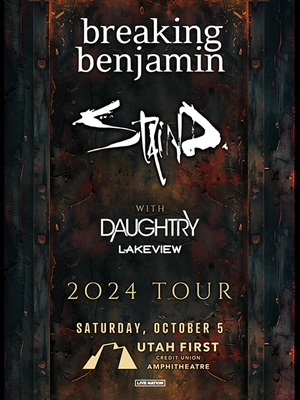Men try to rob an ATM with a blowtorch, weld it shut instead
By mbrooks on June 6, 2019

By Matthew Brooks
Don’t try to rob an ATM machine with a blowtorch. It won’t work.
Smart criminals are the stuff of movies. “Ocean’s Eleven” (either the 1960 version or the 2001 reboot), or “The Italian Job” (1969 or 2003), or “The Thomas Crown Affair” (preferably just the 1968 version).
Maybe the real crime is all the remakes.
“Logan Lucky” is a fine ‘heist flick’ if you are tired of the white-collar, super high-tech robberies and prefer something more of the blue-collar, getting-your-hands-dirty variety.
In the real world, there are smart criminals and less-smart criminals.
Stupid criminals are the gift that keeps on giving.
The best part about a poorly planned robbery is there is often video surveillance for us to enjoy. Or pictures, at least.
How to not rob an ATM
Pictures are what police in Florida have in an effort to track down two robbers who were, let’s be frank about this, not likely to have a movie made about them. Unless it’s a comedy.
Surveillance cameras picked up images of two men who attempted to crack open an ATM with a blowtorch.
The heat from the blowtorch welded the ATM’s hinges shut.
For all their efforts, they got nothing.
Except for police who want to find them.
How to rob an ATM
The information below is not intended to provide any guidance toward committing a crime.
The way to successfully rob an ATM probably requires more of a white-collar effort.
The security professionals of Positive Technologies found what it believes to be are security gaps in the common ATM.
According to its investigations, 15 out of 26 common ATM software designs are running on a Windows XP framework.
Fewer than 2% of computers still use Windows XP.
Microsoft formally ceased supporting Windows XP back in 2014.
Nevertheless, Microsoft recently released a security patch for XP.
Positive Technologies posited that ATMs could be susceptible to efforts of a variety of hacking methods.
To sum up the multiple possible methods for hacking an ATM, a nefarious user who is able to place themselves between the operating system of an ATM and the core processes of the machine may be able to take advantage of any unresolved security flaws.
The head cyber resilience Leigh-Anne Galloway at Positive Technologies said the first step of protecting ATMs is to make sure the machines are physically secured.
ATMs are not susceptible to the average blowtorch. We know that much now.








